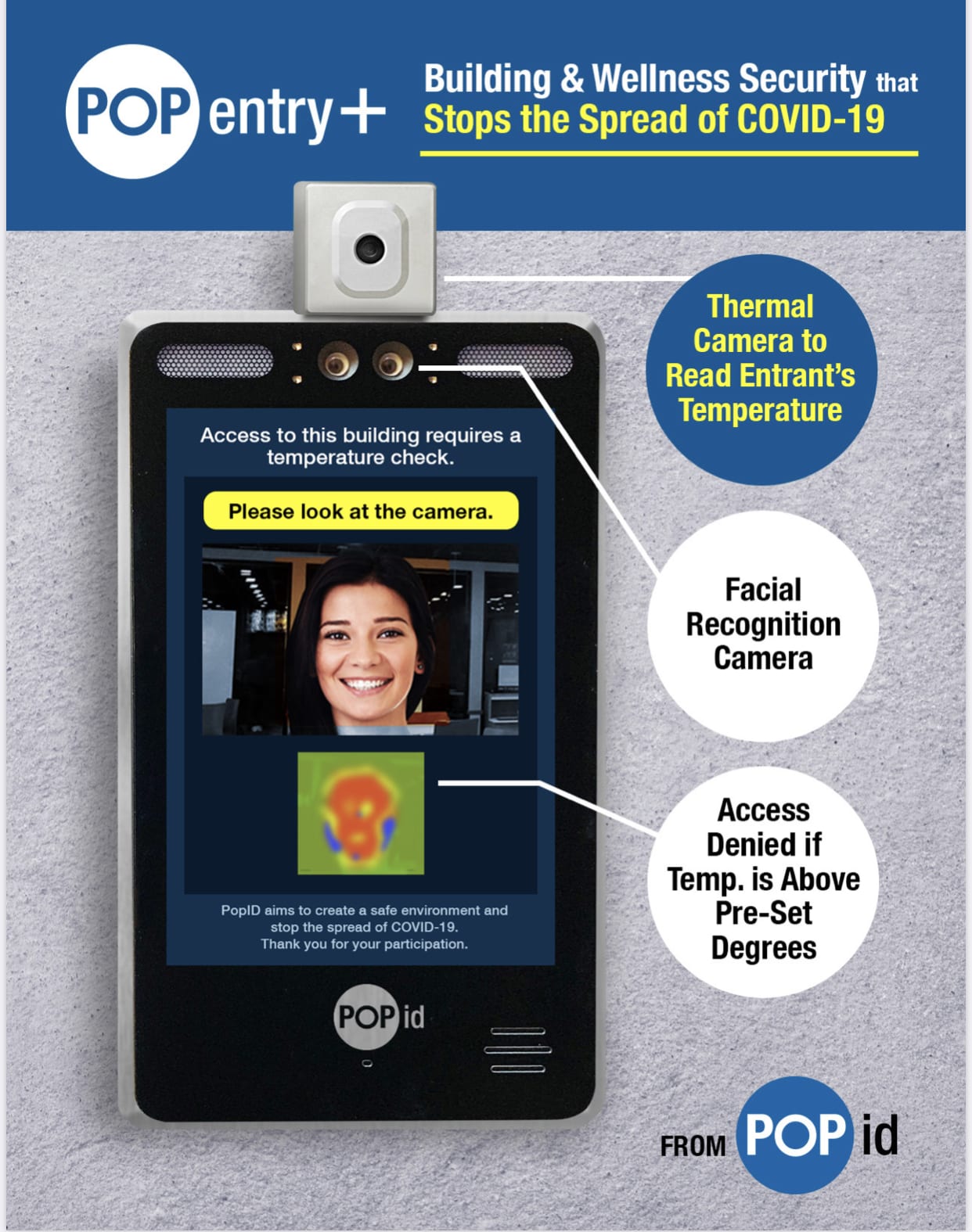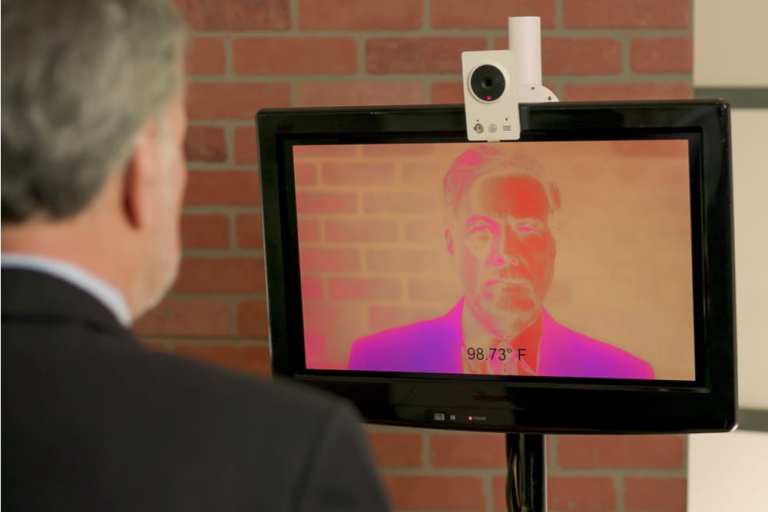Consumers are conflicted about dining out these days, a fact quickly confirmed by PYMNTS most recent consumer survey.
On one hand, the data shows that of all the things consumers are most looking forward to, eating out in restaurants is the second most common reason cited for a desire to get out, enumerated by around 53 percent of respondents as their first, second or third choice, and ranked as the third leading reason all around.
Only seeing friends and family, which was both the top-cited and most common reason people had for wanting to go out again, and going back to work edged out eating out as consumers top priority for being ready to return to the world.
On the other hand, however, consumers are fairly chilly to the idea of going out at all. PYMNTS April 27 survey found just over a quarter of consumers were “very” or “extremely interested,” slightly more than the 25.6 percent who reported having no interest whatsoever in leaving their homes. The largest single group, 46.5 percent were “somewhat” or “slightly” interested in doing so.
These are the customers that restaurants have to find a way to bring back into dining room — the ones who genuinely want to be there, but who remain worried about their health, worried about the health of those around them, and tepid on the idea of being in enclosed spaces where they are at greater risk of being exposed.
 And that is where PopID enters the story with its FacePay product. The company is on a much different roadmap from January 2020. Now, the tech that made it possible for consumers to link their face to a method of payment at kiosks at quick-service restaurants (QSRs) is also being used as the foundation for its latest product innovation: integrating thermal imaging into its facial recognition platform to take a consumer’s temperature before entering an establishment.
And that is where PopID enters the story with its FacePay product. The company is on a much different roadmap from January 2020. Now, the tech that made it possible for consumers to link their face to a method of payment at kiosks at quick-service restaurants (QSRs) is also being used as the foundation for its latest product innovation: integrating thermal imaging into its facial recognition platform to take a consumer’s temperature before entering an establishment.
Advertisement: Scroll to Continue
“The idea of combining thermal imaging and facial recognition, that was easy for us to do because we’ve been experimenting with different computer vision technologies for a long time as part of our robotics business,” PopID CEO John Miller told Karen Webster in a recent conversation.
Miller is also CEO of Cali Group, a restaurant technology holding company that uses technology to transform the restaurant and retail industries. Among the company’s best-known holdings are QSR chain CaliBurger; ghost kitchen company Kitchen United; and Miso Robotics, which uses robots to prepare food.
For that reason, he said, building the device and making the full product could happen “really fast.”
The use-case for now is in restaurants, including CaliBurger, Subway, Lemonade (a California restaurant chain) and Taco Bell locations. Employees entering the restaurant can pass a simple baseline COVID-19 screening using the PopID tech. Moving forward, Miller said those same restaurants are contemplating its broader use as a way to ease consumer’s minds that other patrons have also been screened by using its thermal imaging tech to alert consumers and restaurant operators if a potential diner could be infected.
Simple Upgrade With A Lot Of Potential Impact
The technology itself, Miller noted, isn’t complex or difficult to use. It is an Android-powered device that is more-or-less a plug and play. In its current instantiation, restaurants are using these devices internally. Staff members look into the device, and it identifies who they are and records their temperatures. If a temperature is within normal range, the employee goes to work. If an employee has a fever, they are sent home and the data is then sent to the HR system.
From a technological standpoint, Miller noted, this is fairly simple.
Operationally, he said, there are a lot of decisions restaurants want to make. Some want the data stored in short order after gathering it over privacy concerns. Others want to keep it as part of their record keeping because they are under some fairly stringent new guidelines when it comes to reopening and serving guests.
“To the extent there are emerging regulatory requirements around temperature testing, they want to have an audit trail to show they tested every employee on every shift,” Miller noted. “We can only provide you technology options; from there it is really about talking to them about how they want to manage their data, what to do with it. This is something that we spend a lot of time on.”
And those operational questions, he noted, are going to get more complex and intertwined with privacy concerns when the FacePay technology starts making the jump from the back of the house to the front of the house as consumers start coming back. Restaurants want to be able to scan and certify that guests don’t have a fever before bringing them in. There is a worry among operators that customers, even ones concerned about safety, will shy away from having a facial scan before being seated for lunch.
But there are two different solutions.
The first, he noted, is simply decoupling the recognition piece to the temperature scanning element so that a customer can look into the device, get their temperature recorded such that a determination can be made about allowing them in, but not connect it to their identity in any way.
The second and more interesting option, Miller said, is to think more holistically about the technology and how to build it into an end-to-end contactless and safe experience. The FacePay scan is tied to the consumer’s reservation because the reality is that the vast majority of dine-in eating experiences will have to be reservation only, so that restaurants can carefully manage their capacity limits. The scan is used to identify the customer in connection to their reservation, check their temperature, greet them, check them in and provide them instructions all on a screen as to where to go to be seated.
“The device could act as an automated check-in and check-out process for the consumer, making it a totally contactless experience,” Miller said.
The Future Of Dining Out
It remains to be seen of course, Miller said, if consumers will accept the facial scanning to the same degree employees have. In a workplace context, the company has seen this adopted fairly frequently and with little pushback. But consumers are much more complicated in their feelings about safety versus privacy.
“Every operator is trying to figure this out,” he said. “What are consumers willing to tolerate? How can we make people feel as safe as possible without tripping over their privacy limitations?”
But what is also becoming increasingly clear is that this is something restaurants have to figure out — and quickly — because their survival depends on it. There is no question, he told Webster, that restaurants across the board are going to have to change to adapt to a world that looks very different. Some aren’t going to survive. Others are going to pivot away from having dining rooms at all because they can’t support them and instead move into areas like ghost kitchens.
And others, he noted, are going to try to make the dining room work with new economics and for consumers with shifting priorities. The opportunity is there; consumers still want to eat out. The innovative challenge is finding a way to capture it.
“The race is on to see who can build the safest brand now,” he said. “It is a whole new conversation to be having.”

